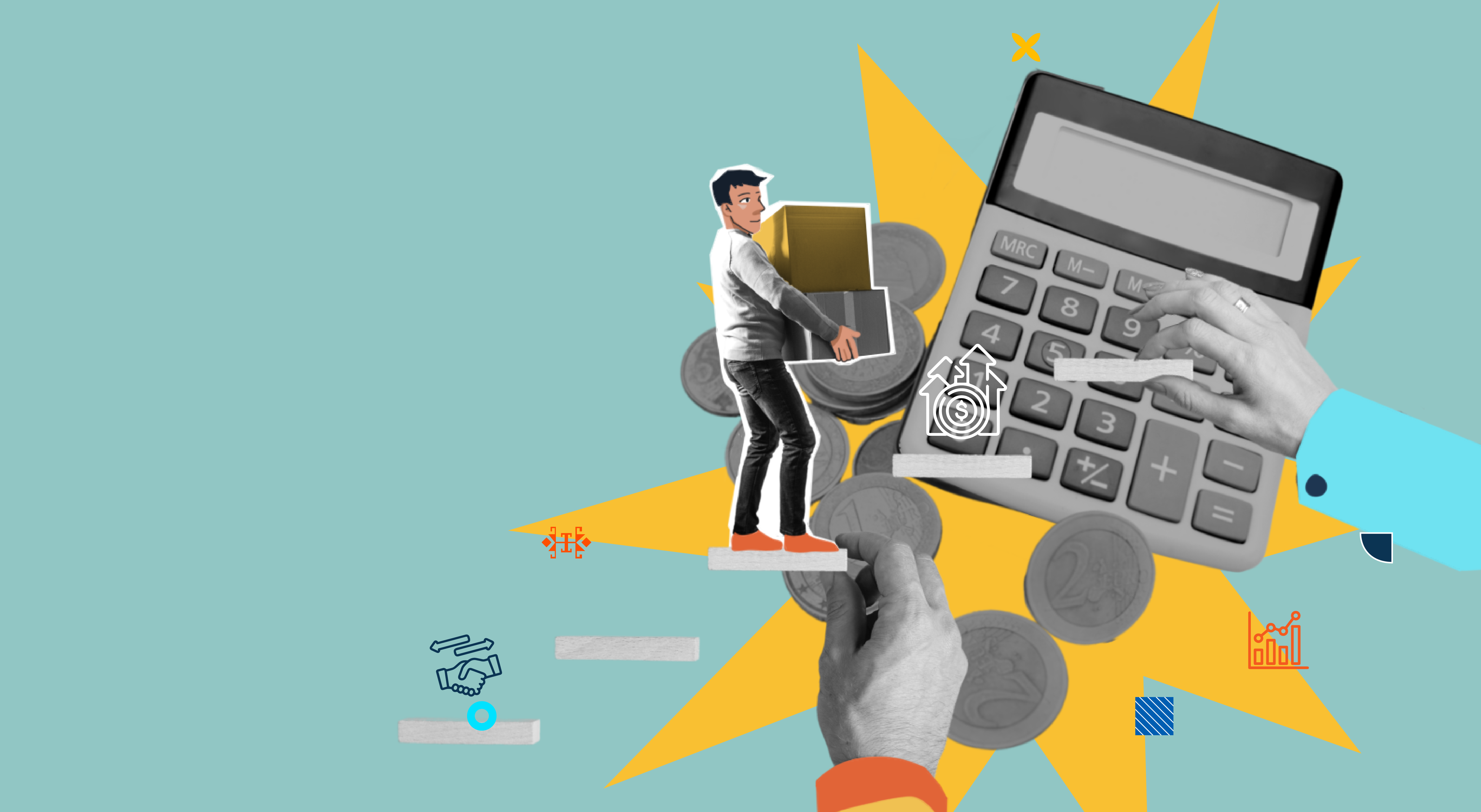Southeast Asia is synonymous with ASEAN, an organization where nations of the region work together. There is potential for the nations to collaborate in economic, social, and political sectors. ASEAN has the Economic Community (AEC) and the new Regional Comprehensive Economic Partnership (RCEP), the biggest trade bloc in the world. They account for almost 30% of the world’s GDP. Furthermore, the new cross-border QR code bank payment services makes transactions in the region easier and cheaper. These arrangements potentially raise Southeast Asian economies by eliminating many trade barriers, such as tariffs and taxes.
However, one interesting phenomenon in ASEAN is the tech companies boom, with a $340 billion startup valuation in 2020 and is forecasted to triple the valuation by 2025 (Google, Temasek, Bain & Company, 2021). Southeast Asia accounted for 655 million people and 40 million avid internet users, with more than 75% internet penetration. This market is an excellent investment opportunity for Southeast Asia’s external partners due to the region’s youth and technological capabilities. The boom is also supported by youth communities in Southeast Asia who are educated (formally or informally) to work in the digital industries.
One key phenomenon in the political and security sector would be digital youth activism. This is part of the nonviolent resistance that is resistance targeting the opponent’s sources of power, which include financial resources, legal legitimacy, citizen compliance, and so on (Sharp, 1973 in IIS, 2019). For example, the 2021 non-violent civil disobedience movements in Myanmar are powered by social media campaigns, demonstrations with symbols, and costumes from popular culture. Elsewhere in Indonesia in 2020 and 2021, nonviolent action is also used to respond to state policies that are considered impartial to the people’s interests. The movement involves the creation of murals containing criticism, online petitions, demonstrations, slogans, and re-uploading messages from social media accounts hacked by social media accounts of other individuals or institutions (Petz, D., Handiani, D.S., Kusumaningrum, D., & Aprilia, K.R, 2021).
A study done by Maria Stephan and Erica Chenoweth (2008, 2011) in Kusumaningrum (2019) shows that the effectiveness rate of nonviolent action is 53%, while resistance with violence is only 26% successful. With these digital resources and non-violent approaches available, there is a great potential for more ASEAN citizens’ voices to be heard. It also means that critical issues can be raised and explored quickly without involving a high risk of violence.
Source:
- Google, Temasek, Bain & Company. (2021). E-conomy SEA 2021 – Google. E-Conomy SEA 2021. Retrieved September 1, 2022, from https://services.google.com/fh/files/misc/e_conomy_sea_2021_report.pdf
- Sharp, G. (1973). The Politics of Nonviolent Action. Part 2: The Methods of Nonviolent Action. Bedford: Porter Sargent Publishing.
- The Regional Comprehensive Economic Partnership Agreement. (2022). https://doi.org/10.22617/tcs220172-2
- Sinpeng, A. (2019). Digital Media, political authoritarianism, and internet controls in Southeast Asia. Media, Culture & Society, 42(1), 25–39. https://doi.org/10.1177/0163443719884052
- Kaur, D. (2022, July 18). Five Southeast Asian nations to link their QR code payment systems. here’s what it means for travelers. Tech Wire Asia. Retrieved September 1, 2022, from https://techwireasia.com/2022/07/five-southeast-asian-nations-to-link-their-qr-code-payment-systems-heres-what-it-means-for-travelers/
- Kusumaningrum, D. (2019). Untuk Apa Nirkekerasan Kalau….IIS Fisipol UGM. Retrieved from https://iis.fisipol.ugm.ac.id/2019/10/03/untuk-apa-nirkekerasan-kalau/
- Petz, D., Handiani, D.S., Kusumaningrum, D., & Aprilia, K.R. (2021). Pushing Back Autocratization: Nonviolent Resistance in Indonesia and the World 2021. Institute of International Studies, Universitas Gadjah Mada.
- Sinpeng, A. (2021). Hashtag activism: social media and the #FreeYouth protests in Thailand. Critical Asian Studies, 53(2), 192–205. doi:10.1080/14672715.2021.1882866
- Suwana, F. (2019). What motivates digital activism? The case of the Save KPK movement in Indonesia. Information, Communication & Society, 1–16. doi:10.1080/1369118x.2018.1563205

